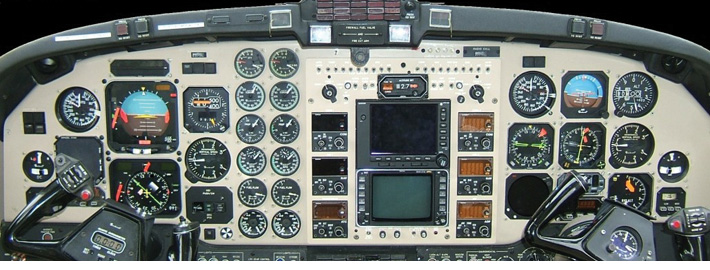Abnormal Situations
Do you know what an ‘abnormal’ situation is? It’s not an ‘emergency’; it is a situation in which there is a problem but it does not require ‘immediate’ action by the pilot. An engine failure would be considered as an emergency situation in normal category airplanes. But an electrical problem like an alternator or generator fault or failure would not be considered as an emergency.
Do you ever take out your Pilot Operating Handbook (POH), Airplane Flight Manual (AFM), or the Operating Manual (OM) … depending on what it’s called in your airplane, and look over the emergency and abnormal procedure checklists to review them? It is a good idea to do this once in a while, not just during a flight review.
Thomas Turner, in the March 25 issue of his eNewsletter, Mastery Flight Training, reports that there were 13 accidents over a 10 day period according to the FAA’s list of preliminary accident reports. All of these accidents took place on landing. The aircraft involved included the typical mix of piston single engine and light twins, with one Cessna Citation 2 in the mix. Several went off the end, and some lost control.
What is happening to pilots on touchdown and roll out that is resulting in these accidents? Do you fly ‘stabilized’ approaches, with a constant airspeed and constant rate of descent to the flare and landing? Or, are your approaches ‘un – stabilized’, with airspeed varying 10 knots or more during final approach? A stabilized approach is the goal. Stabilized approaches lead to better landings.
Fly safely!




Major thanks for the forum topic.Much thanks again. Will read on… Sangrey